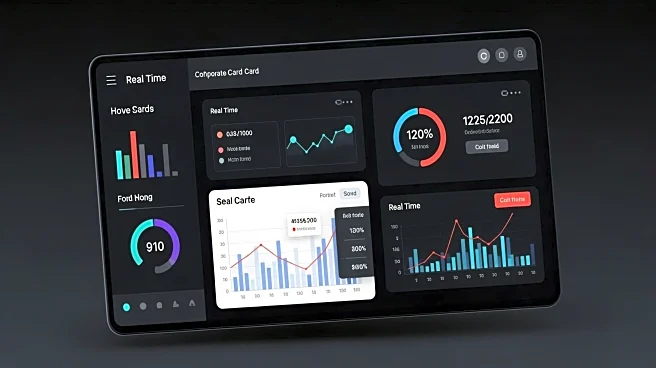What's Happening?
A recent study by WalletHub has highlighted Buffalo, New York, as one of the top U.S. cities where residents spend a significant portion of their income on fast food. The study analyzed the cost of popular
fast food items such as burgers, fried chicken sandwiches, and pizzas across 100 major U.S. cities, comparing these costs to the median household income in each city. Buffalo ranked seventh on the list, with residents spending 0.57% of their monthly household income on fast food. The average prices in Buffalo were noted as $6.83 for hamburgers, $4.99 for fried chicken sandwiches, and $10.99 for pizzas, against a median household income of $48,050. This trend is part of a broader increase in fast food prices, which have risen by an average of 3.2% from August 2024 to August 2025, outpacing general inflation.
Why It's Important?
The findings underscore the growing financial burden of fast food on households, particularly in cities like Buffalo where the median income is relatively low. As fast food prices continue to rise, they consume a larger share of household budgets, potentially impacting other areas of spending. This trend could have broader economic implications, as increased spending on fast food might reduce disposable income available for other goods and services, affecting local economies. Additionally, the rising cost of fast food could exacerbate issues related to food insecurity and health, as individuals may opt for cheaper, less nutritious options.
What's Next?
As fast food prices continue to rise, it is likely that consumers and policymakers will need to address the affordability and accessibility of healthier food options. There may be increased pressure on local governments and community organizations to provide support for low-income families struggling with food costs. Additionally, fast food chains might face scrutiny over pricing strategies and could be encouraged to offer more affordable, healthy options to meet consumer demand.
Beyond the Headlines
The rising cost of fast food also raises questions about the sustainability of current food production and distribution systems. As prices increase, there may be a push towards more sustainable practices that could help stabilize costs. Furthermore, the cultural implications of fast food consumption, particularly in terms of health and lifestyle, may become more pronounced as communities grapple with these economic pressures.












